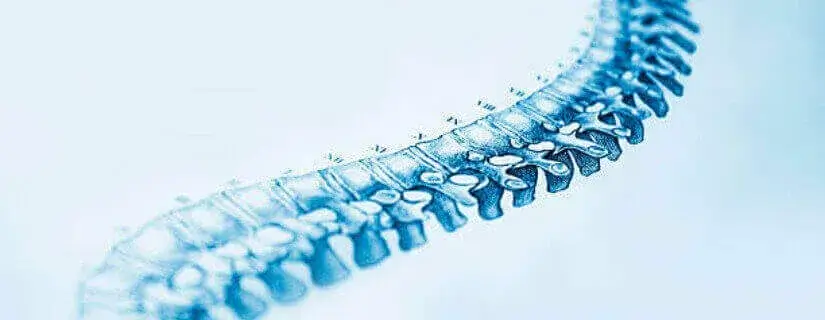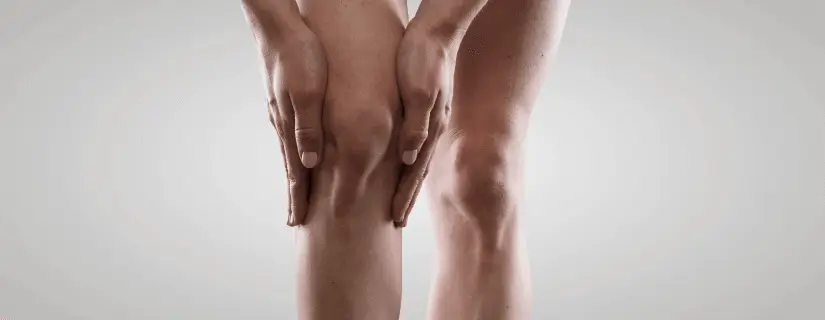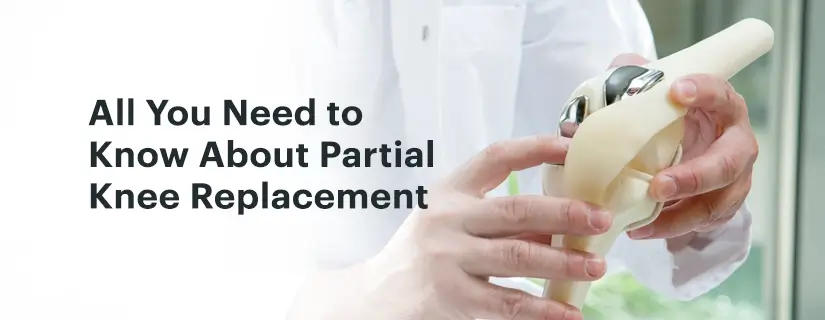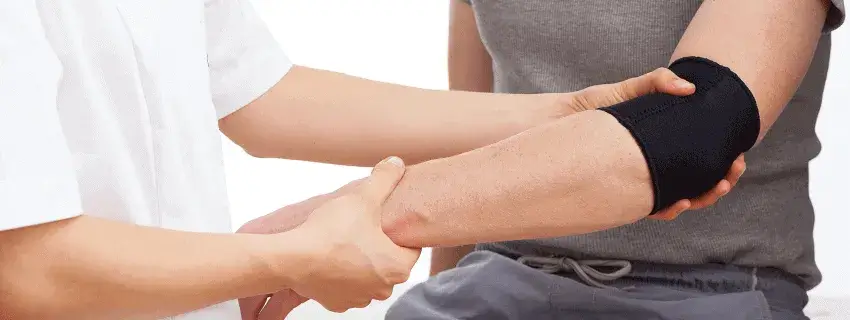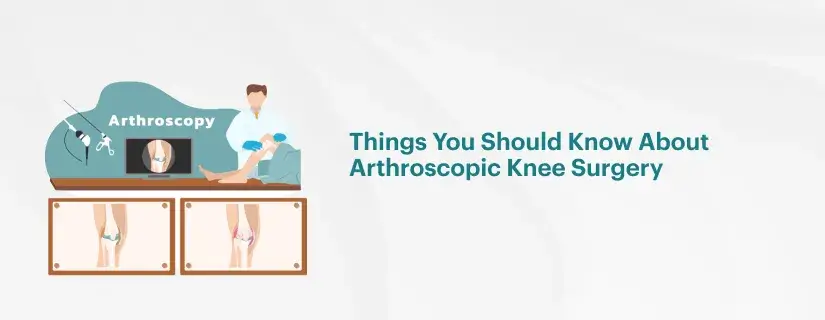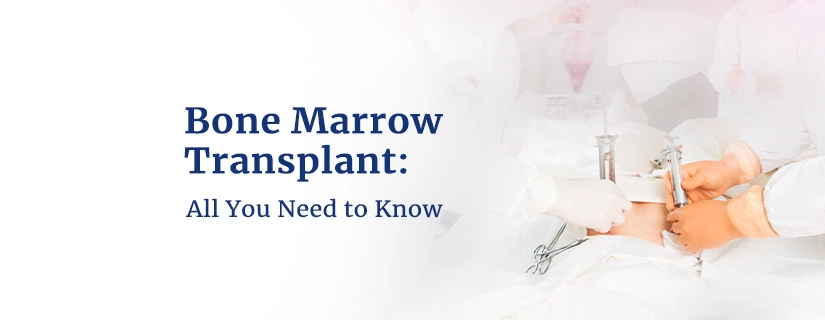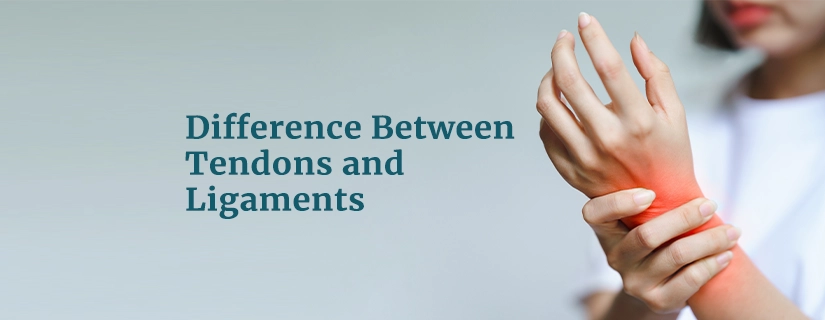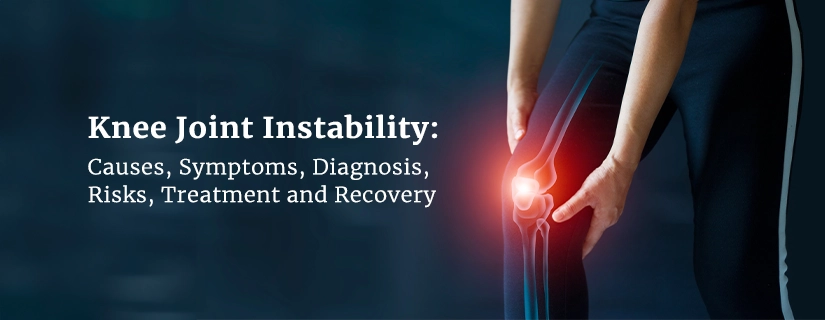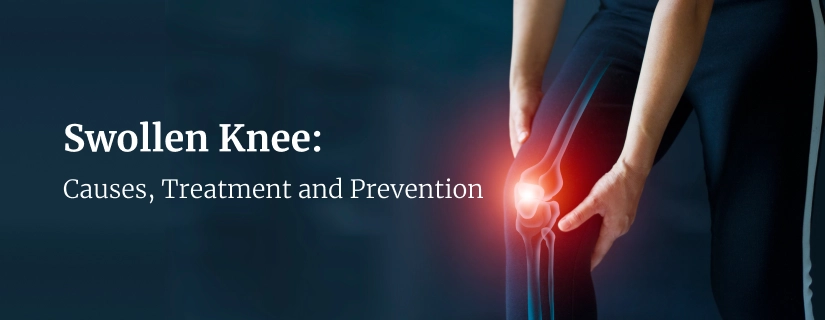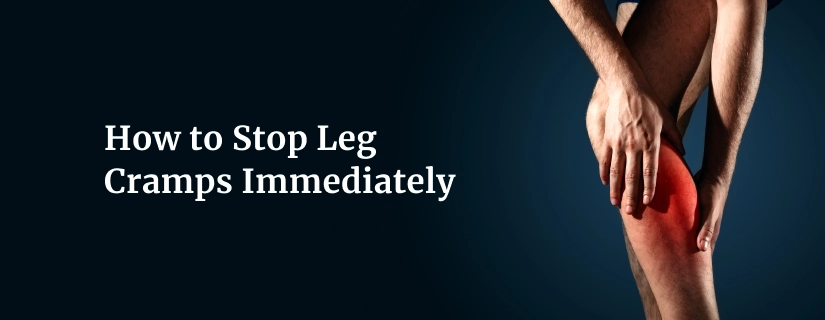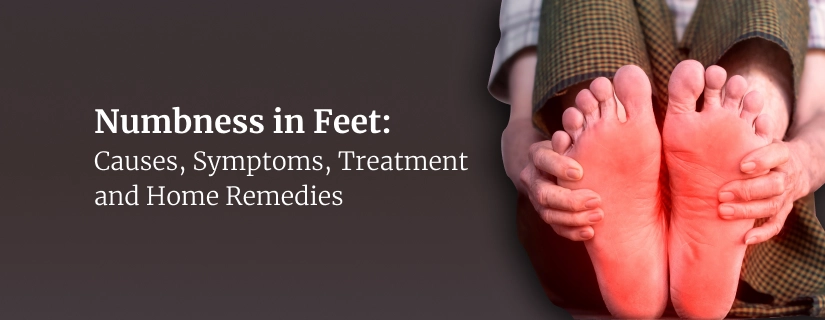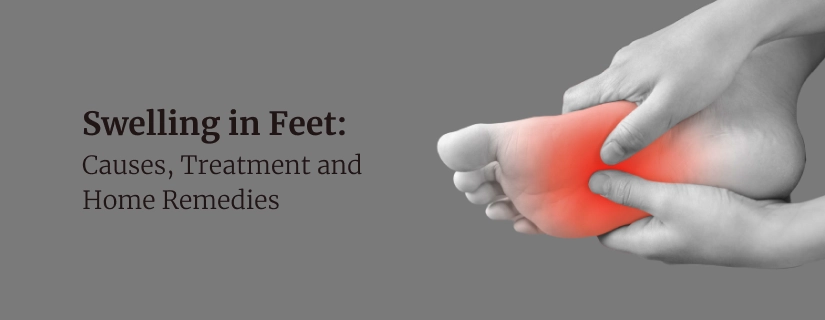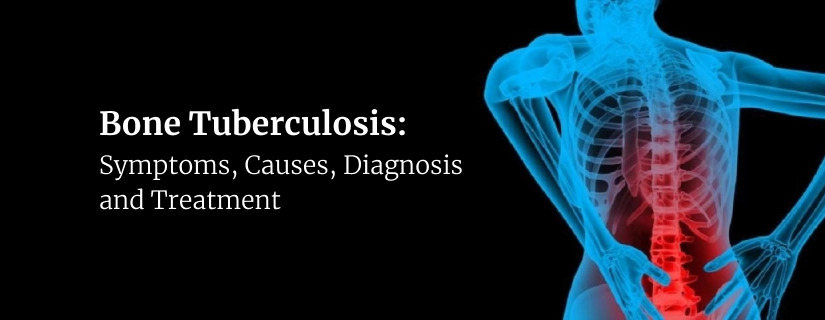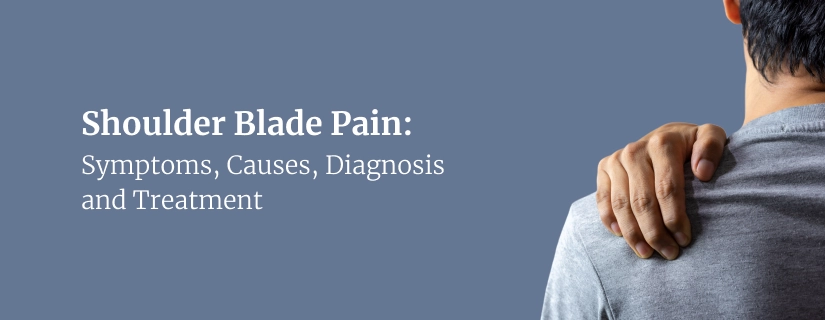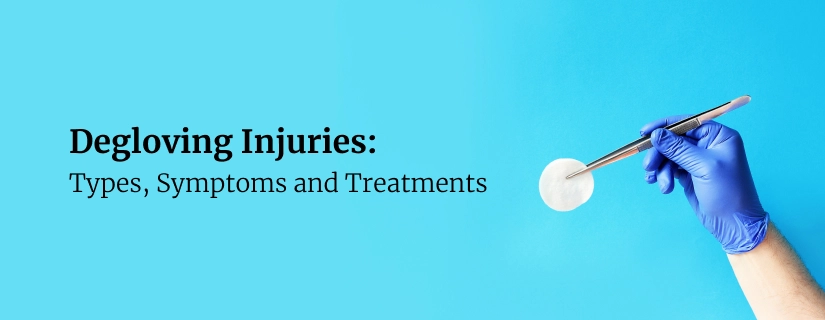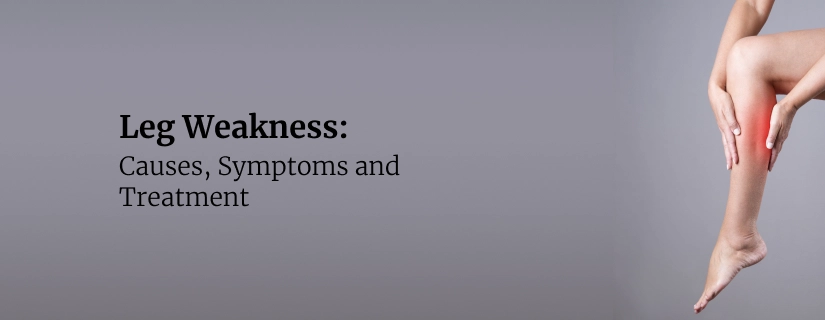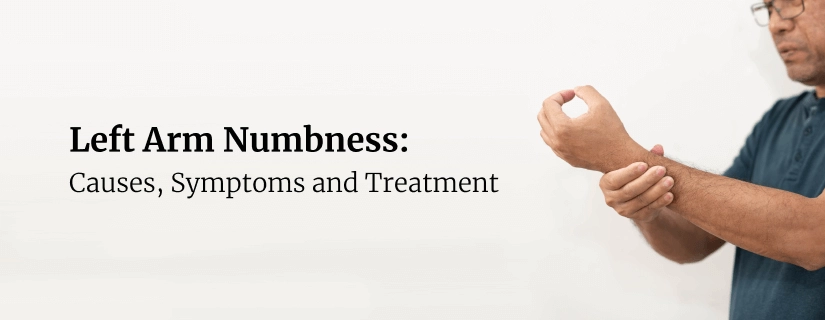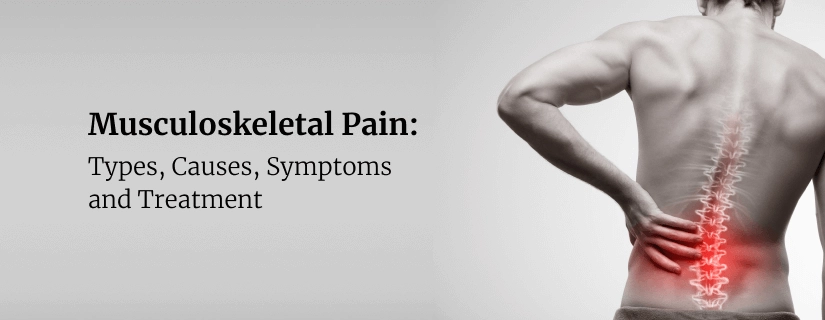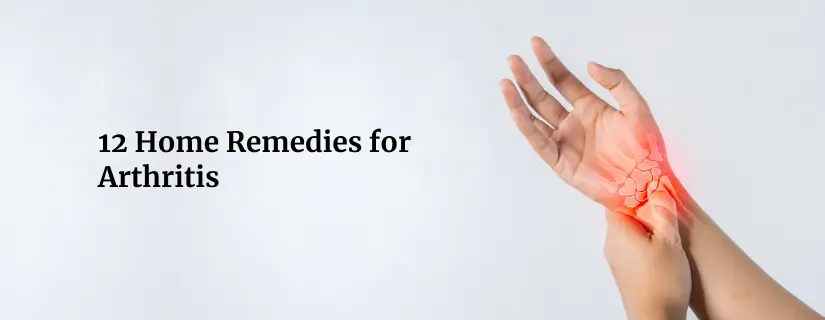-
Doctors
-
Specialities & Treatments
Centre of Excellence
Specialties
Treatments and Procedures
Hospitals & Directions HyderabadCARE Hospitals, Banjara Hills CARE Outpatient Centre, Banjara Hills CARE Hospitals, HITEC City CARE Hospitals, Nampally Gurunanak CARE Hospitals, Musheerabad CARE Hospitals Outpatient Centre, HITEC City CARE Hospitals, Malakpet
HyderabadCARE Hospitals, Banjara Hills CARE Outpatient Centre, Banjara Hills CARE Hospitals, HITEC City CARE Hospitals, Nampally Gurunanak CARE Hospitals, Musheerabad CARE Hospitals Outpatient Centre, HITEC City CARE Hospitals, Malakpet Raipur
Raipur
 Bhubaneswar
Bhubaneswar Visakhapatnam
Visakhapatnam
 Nagpur
Nagpur
 Indore
Indore
 Chh. Sambhajinagar
Chh. SambhajinagarClinics & Medical Centers
Book an AppointmentContact Us
Online Lab Reports
Book an Appointment
Consult Super-Specialist Doctors at CARE Hospitals
10 Common Foot Problems in Adults: Causes and Treatment
Updated on 16 October 2023
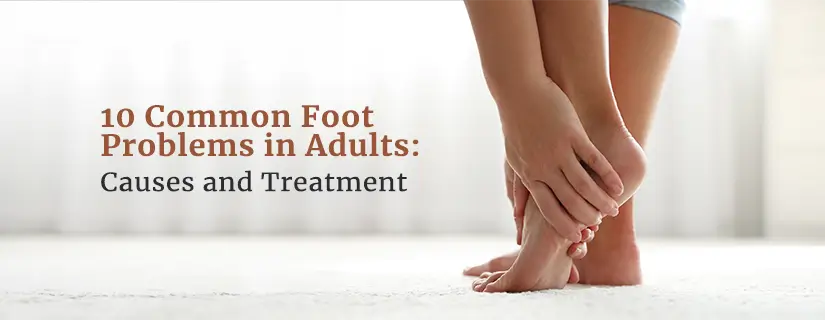
Table of Content
One of the most intricate body parts is the foot, which comprises 26 bones joined by numerous joints, muscles, tendons, and ligaments. Feet are susceptible to a wide range of diseases and conditions, including traumas, inflammation, and foot pain in older adults, which can impair mobility. Improper footwear is a primary cause of foot problems, followed by diabetes and ageing.
10 Common Foot Problems
1. Bunions: The big toe joint can become bumpy due to foot irregularities called bunions. The big toe may bend slightly inward as a result, making it painful to walk.
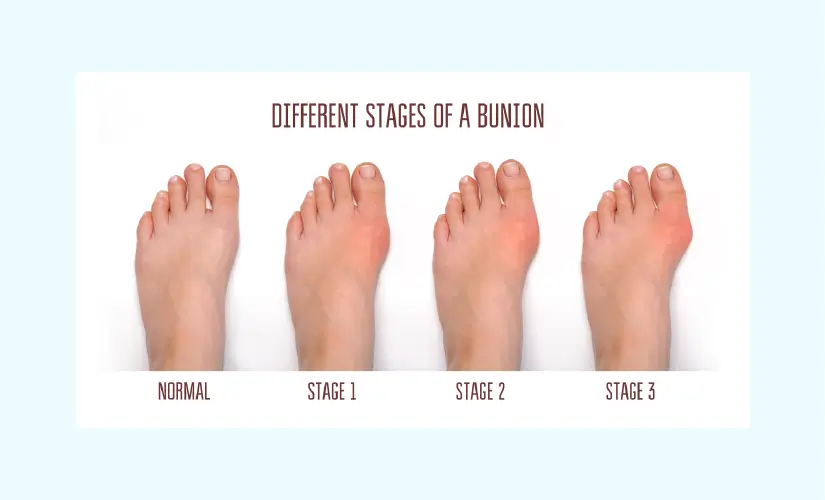
- Causes - Bunions can form as a result of wearing narrow or tight shoes. Another risk factor for bunions is a family history of the condition. A bunion may also be more likely to develop if one has certain illnesses, such as rheumatoid arthritis.
- Treatment - Bunions can often be treated easily with proper shoe fit and over-the-counter painkillers. A bunion cushion that guards against further pressure can also be purchased at a pharmacy or shoe store. If a person's bunion doesn't go away and continues to cause them pain, they may decide to have surgery to correct it.
2. Athlete's Foot: A highly infectious fungal illness, an athlete's foot thrives in warm, moist environments. Exposing one's feet to fungus or contaminated surfaces can lead to an athlete's foot. Symptoms of an athlete's foot include burning, stinging, and itching in the feet and toes.
- Causes - Gyms, showers, and swimming pools are the primary locations where people are most likely to encounter the fungus responsible for athlete's foot. The spread of the fungus may be facilitated by wearing warm, damp shoes.
- Treatment - Treating the condition can sometimes be challenging. To start, consider using an over-the-counter (OTC) product. If the fungus continues to spread or worsen after treatment, it is advisable to consult a doctor.
3. Corns: Corns are a type of thickened skin found on the bottoms of the feet or the toes. Our body creates corns to prevent blisters on the feet, and they are generally not painful.
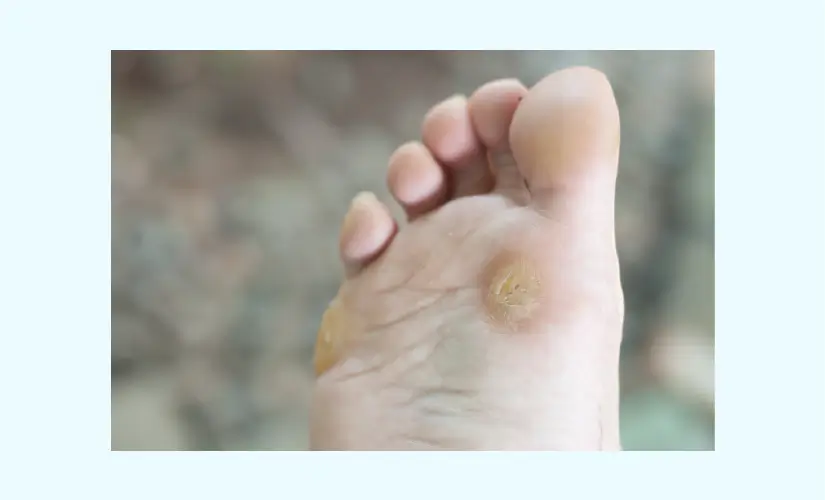
- Causes - Bunions, hammer toes, and uncomfortable footwear can all lead to corn. It is important to treat corn as they may become itchy over time.
- Treatment - A doctor may advise surgically removing the corn, but over-the-counter remedies like corn plasters can ease pressure and promote healing.
4. Diabetic neuropathy: In people with diabetes, high blood sugar levels can damage nerve or blood cells over time leading to a condition called diabetic neuropathy. This makes them more vulnerable to foot-related problems. Even ordinary foot problems can get worse in people with diabetes leading to severe complications.
- Causes – Nerves or blood cells, particularly those in the feet, may become damaged due to high blood sugar levels. Other factors, such as a history of smoking, alcohol consumption, or a family history of diabetic neuropathy can exacerbate this nerve damage.
- Treatment - Diabetic neuropathy can be managed by maintaining overall health and controlling blood sugar levels. A doctor can recommend treatments to prevent further nerve damage, but they cannot reverse it.
5. Blisters: Blisters are common and develop when elevated, fluid-filled pockets appear on the skin. The majority of the time, this medical condition is not dangerous and can be treated at home. Blisters are a very common foot problem in adults.
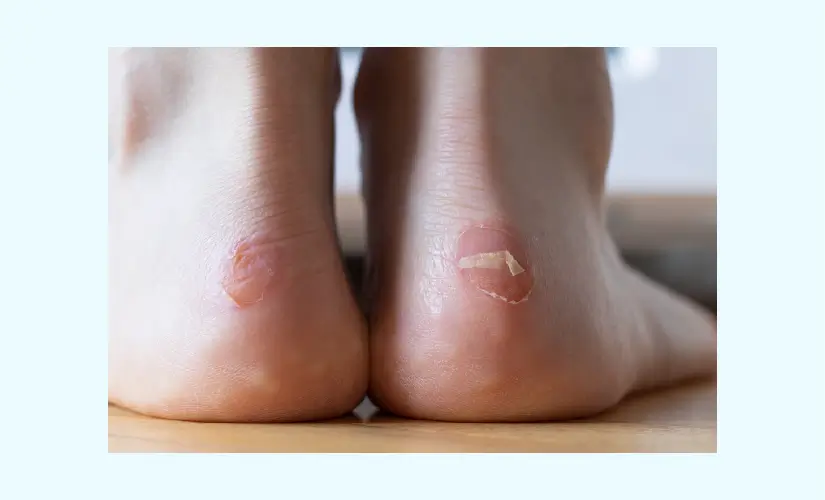
- Causes - Blisters can be caused by repeated rubbing of the skin. For instance, this may occur if shoes repeatedly rub a certain foot area.
- Treatment - Blisters are often not dangerous and can be treated at home. Using foot powder to keep the feet dry, wearing socks with shoes, and choosing properly fitting and comfortable shoes may help with the problem. Consult a doctor if you have persistent blisters or if flu-like symptoms accompany them.
6. Plantar warts: On the heel or ball of the foot, plantar warts look like calluses. They might appear as tiny pinholes or black patches in the middle. They often cause discomfort and can appear as a single wart or in groups.
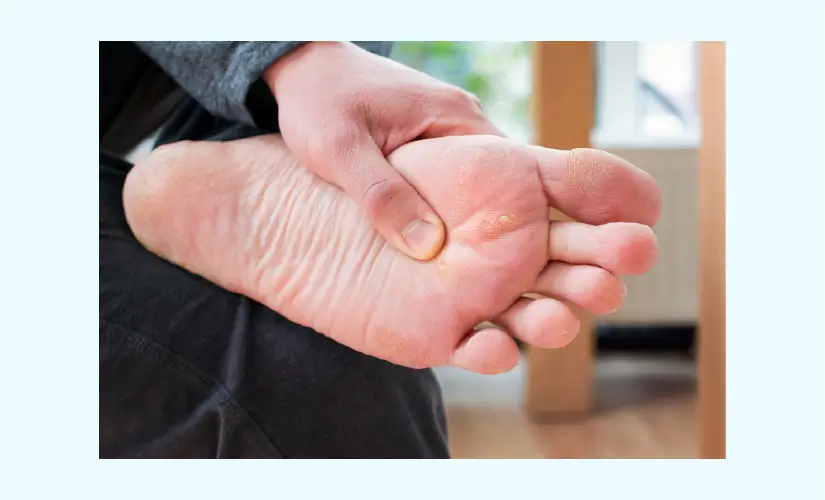
- Causes - A viral skin infection that affects the top layer of skin on the soles of the feet can lead to plantar warts.
- Treatment - Warts can sometimes disappear on their own, but in other cases, they may require at-home treatment with salicylic acid-containing medications or medical assistance. Most of the time, treatments involve several applications spread out over several weeks.
7. Mycotic nails: Nails that are infected with a fungus are referred to as mycotic nails. It's possible for the nail to be thick, brittle, opaque, yellowish-brown, discoloured, or detached from the nail bed. The nail may break sometimes.
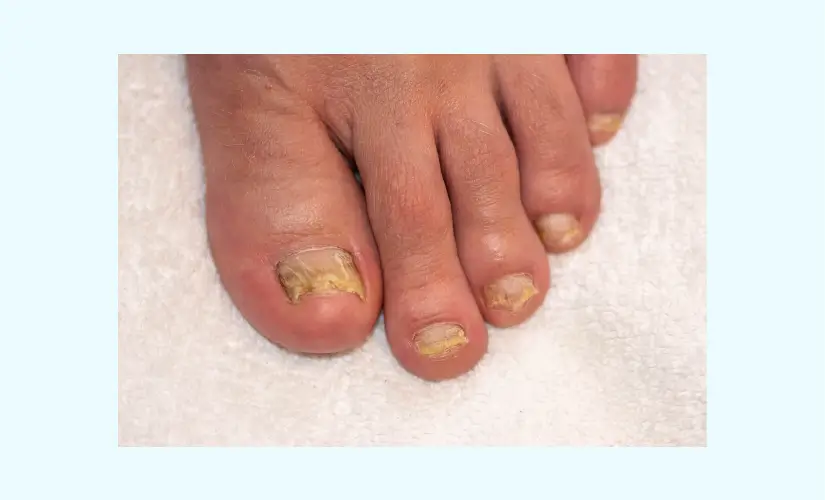
- Cause - Mycotic nails can be caused by the presence of fungi or a dark, moist, and warm environment in shoes, which can encourage the growth of fungal organisms. Additionally, prior injury to the nail can predispose it to fungal infection.
- Treatment - It might be complicated to cure fungal nail infections. Although there are topical treatments for fungus in the nails, they are rarely effective. If necessary, a doctor may prescribe oral medicines. However, it is recommended to never use over-the-counter medications without a prescription. Periodic nail tissue removal and preventive management strategies are additional therapy options.
8. Ingrown toenail: The most prevalent toenail condition is ingrown nails, which develop when the nail boundaries deviate into the soft tissue of the grooves. Along the edge of the nail, ingrown nails can cause pressure and pain. The nail's edge can penetrate the skin, leading to inflammation, infection, discomfort, and discharge.
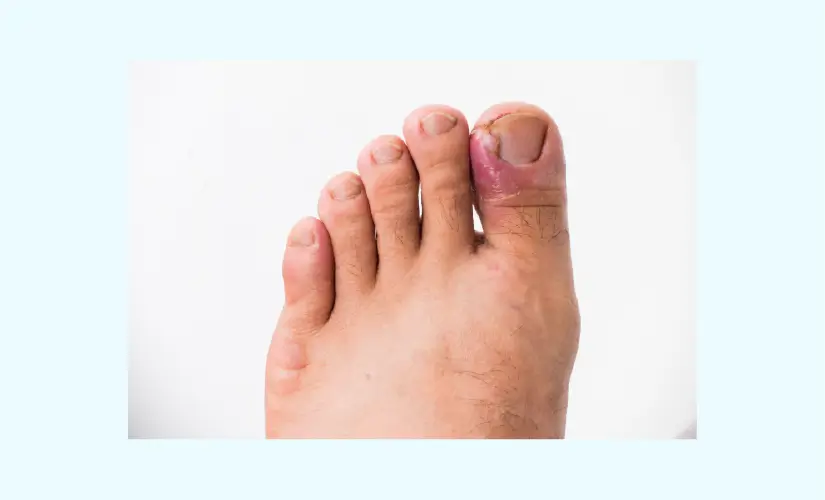
- Causes - The most frequent cause of ingrown toenails is pressure from shoes. Ingrown toenails can also result from improperly cut nails and continuous stress on the foot from activities like walking, running, and aerobics.
- Treatment - For mild cases, initial at-home treatment can include warm soaks, painkillers, and topical antibiotics. In extreme circumstances, a doctor may recommend surgery to remove the ingrown toenail.
9. Plantar fasciitis: When the plantar fascia, which runs down the bottom of the foot, injures itself, it results in plantar fasciitis, which causes heel pain.
- Causes - Obesity, high foot arches, tight calf muscles, and repeated motions that impact the heel, such as jogging, are all potential causes of plantar fasciitis.
- Treatment - Applying ice, using painkillers, and stretching the foot daily are some of the effective ways to get some relief. Check with a podiatrist to determine whether physical therapy is required if the pain does not subside.
10. Gout: Due to an accumulation of uric acid in the body, gout is a foot ailment that typically affects the big toe.
- Cause - Gout is most common in postmenopausal women and men between the ages of 40 and 50. It can be aggravated by various factors such as blood or metabolism disorders and including the consumption of specific foods.
- Treatment - In addition to medication, a doctor may recommend healthy lifestyle practices such as quitting smoking or losing weight to manage gout symptoms.
ENQUIRY FORM
SELECT CATEGORIES
-
Neurosciences (16)
-
Neurology (37)
-
Neurosurgery (14)
-
Orthopaedics (47)
-
Oncology (33)
-
Obstetrics and gynecology (51)
-
Pulmonology (22)
-
Urology (20)
-
Nephrology (13)
-
Psychiatry (7)
-
Dietetics and Nutrition (109)
-
General Medicine (62)
-
Cardiac Sciences (30)
-
Vascular & Endovascular Surgery and Interventional Radiology (10)
-
Gastroenterology (46)
-
Endocrinology (23)
-
Plastic Surgery (10)
-
Critical Care Medicine (5)
-
COVID-19 (16)
-
Dermatology (16)
-
Emergency Care (1)
-
Ophthalmology (4)
-
Pediatrics (14)
-
Laparoscopic and Bariatric Surgery (8)
-
ENT (15)
-
Kidney Transplant (1)
-
Liver Transplantation and Hepatobiliary Surgery (5)
-
General Surgery (3)
-
Internal Medicine (5)
-
Medicine Information
Avascular Necrosis of Hip: Causes, Symptoms, Diagnosis, Treatment and More
Child Limping: Causes, Symptoms, Diagnosis and Treatment
YOU MAY ALSO LIKE
RECENT BLOGS
-

Implantation Bleeding Vs Periods: Know the Difference
28 February 2025
Read More
-

Bloating During Ovulation: Symptoms, Causes and Remedies
28 February 2025
Read More
-

Itching During Dengue: Causes, Treatment and Home Remedies
18 February 2025
Read More
-
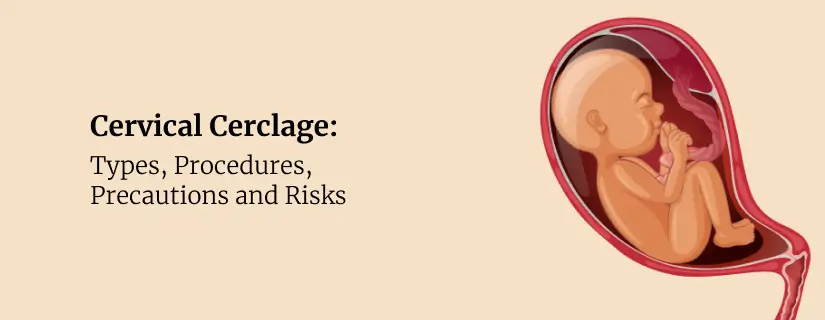
Cervical Cerclage: Types, Procedures, Precautions and Risks
18 February 2025
Read More
-

Everything to Know About Erythrocyte Sedimentation Rate (ESR)
12 February 2025
Read More
-

Human Metapneumovirus (HMPV): Symptoms, Causes, Diagnosis and Treatment
6 January 2025
Read More
-

How to Reduce SGPT Quickly
6 January 2025
Read More
-

Vitals Signs: Types, Normal Ranges and How to Track
24 December 2024
Read More
Have a Question?
If you cannot find answers to your queries, please fill out the enquiry form or call the number below. We will contact you shortly.









